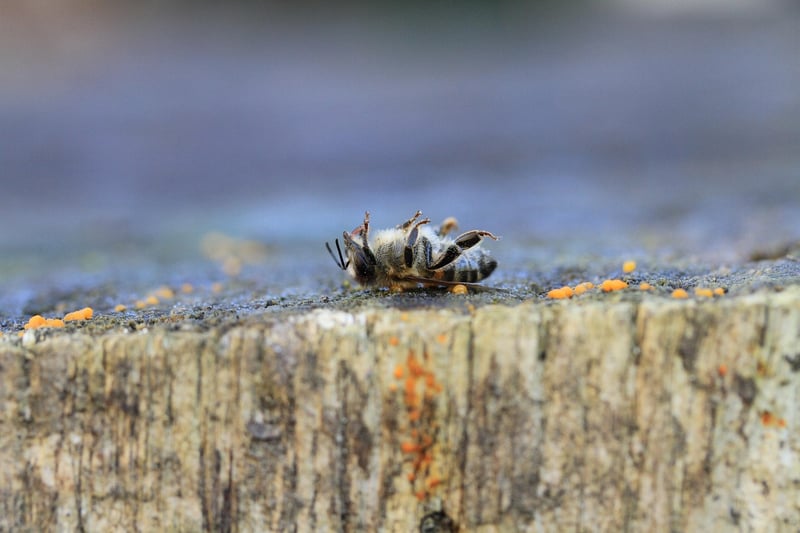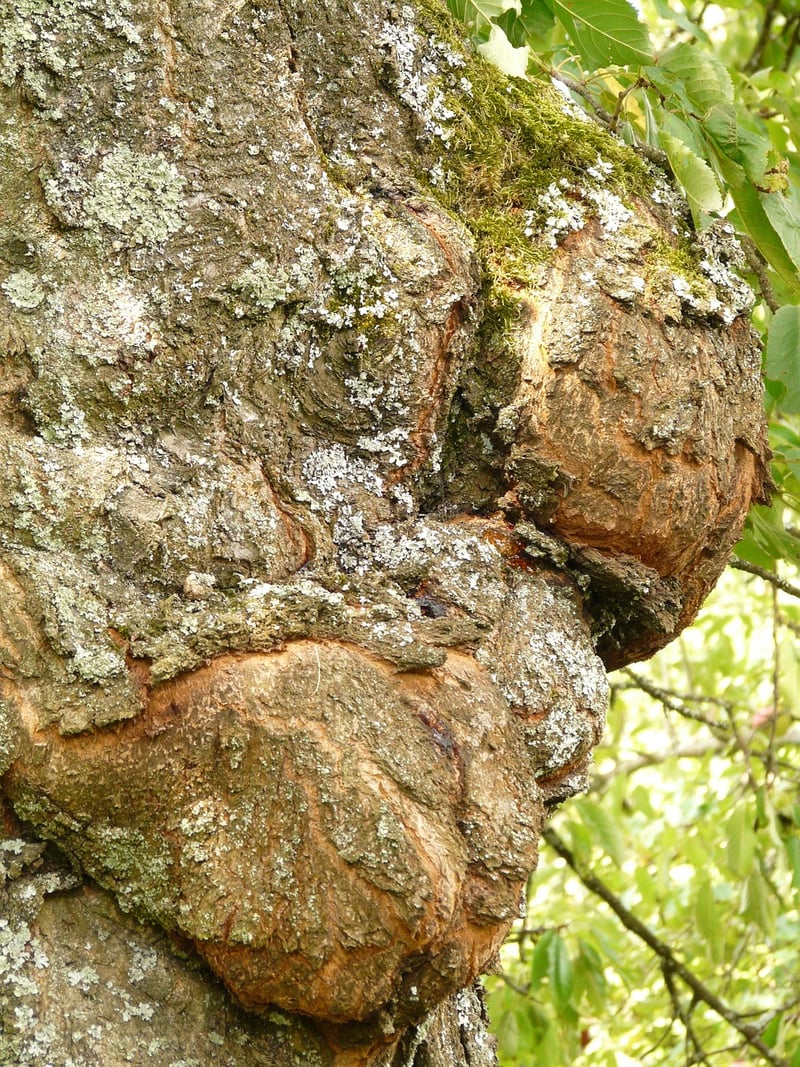Fungal Diseases
Protecting Plants from Pests and Fungal Diseases
Keeping your plants healthy and thriving is a top priority for any gardener. However, pests and fungal diseases can pose a significant threat to your garden. Learning how to protect your plants from these common issues is essential to ensure your garden's success.
Pest Prevention Tips:
1. Regular Inspection: Inspect your plants regularly for any signs of pest infestation such as chewed leaves, holes, or sticky residue.
2. Natural Predators: Encourage natural predators like ladybugs, lacewings, and birds that feed on garden pests to help keep the pest population in check.
3. Companion Planting: Planting certain species together can help repel pests. For example, marigolds deter aphids, and garlic repels spider mites.
Fungal Disease Prevention Tips:
1. Air Circulation: Ensure good air circulation around your plants by spacing them adequately. This helps prevent the buildup of humidity that can lead to fungal infections.
2. Watering Practices: Water your plants at the base to keep foliage dry, as wet leaves are more susceptible to fungal diseases. Water in the morning to allow any moisture on leaves to dry during the day.
3. Proper Planting: Avoid planting susceptible plants in damp, shady areas where fungal diseases thrive. Choose disease-resistant varieties whenever possible.
Recommended Products:
Using organic pest control and fungal disease prevention products can help protect your plants without harming beneficial insects or the environment. Here are some recommended products:
Conclusion:
By following these tips and using the recommended products, you can effectively protect your plants from pests and fungal diseases, ensuring a healthy and thriving garden. Remember that prevention is key, so stay vigilant and address any issues promptly to keep your garden in top shape.


